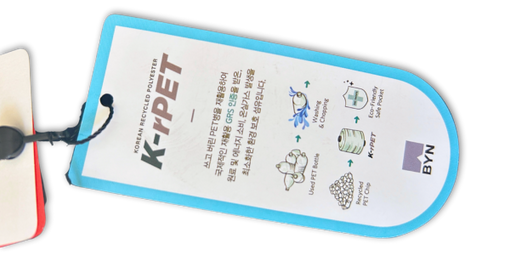
- Article published at:

Nylon was the first fabric produced entirely in a laboratory. As a synthetic material derived from petroleum, Nylon first became available during World War II for use with both military products and silk replacement for items like stockings. Today you're more likely to find it in activewear, swimwear, and other technical performance garments because of its durability and useful stretch properties.
Nylon is made from oil, a non-renewable resource, in an energy-intensive process. It sheds microplastic fibers that end up in our waterways and oceans every time it's washed. While having Recycled Nylon as a fabric in our collection will not fix the microplastic issue, it does repurpose materials that would end up in landfills and continues to work the fabric through the circular economy.
Recycled Nylon is usually made from pre-consumer fabric waste, though it may also come from post-consumer materials like industrial fishing nets. There are several "chain of custody" standards that track recycled Nylon through the supply chain, including the Recycled Claim Standard (RCS), Global Recycled Standard (GRS), and SCS Recycled Content.

Nylon is one of the essential plastic materials we use in our products, especially when durability is needed. Unfortunately, Nylon comes from petroleum which creates a discharge of CO2 during production and requires more than 30 years to decompose.

Additional information is available at the Textile Exchange website. For more on this topic, follow the link below.
Comments 1
Wow someone needs to edit this page. Grammatically, it’s a mess. Also, there is mention of microplastic fibers shed from (virgin) nylon. These fibers ultimately end up in our waterways. How does they compare to the fibers of recycled nylon?